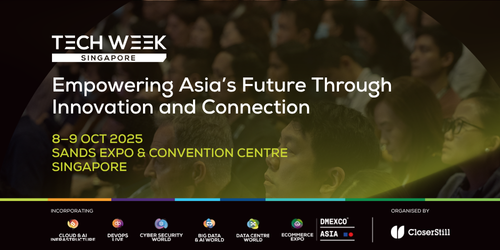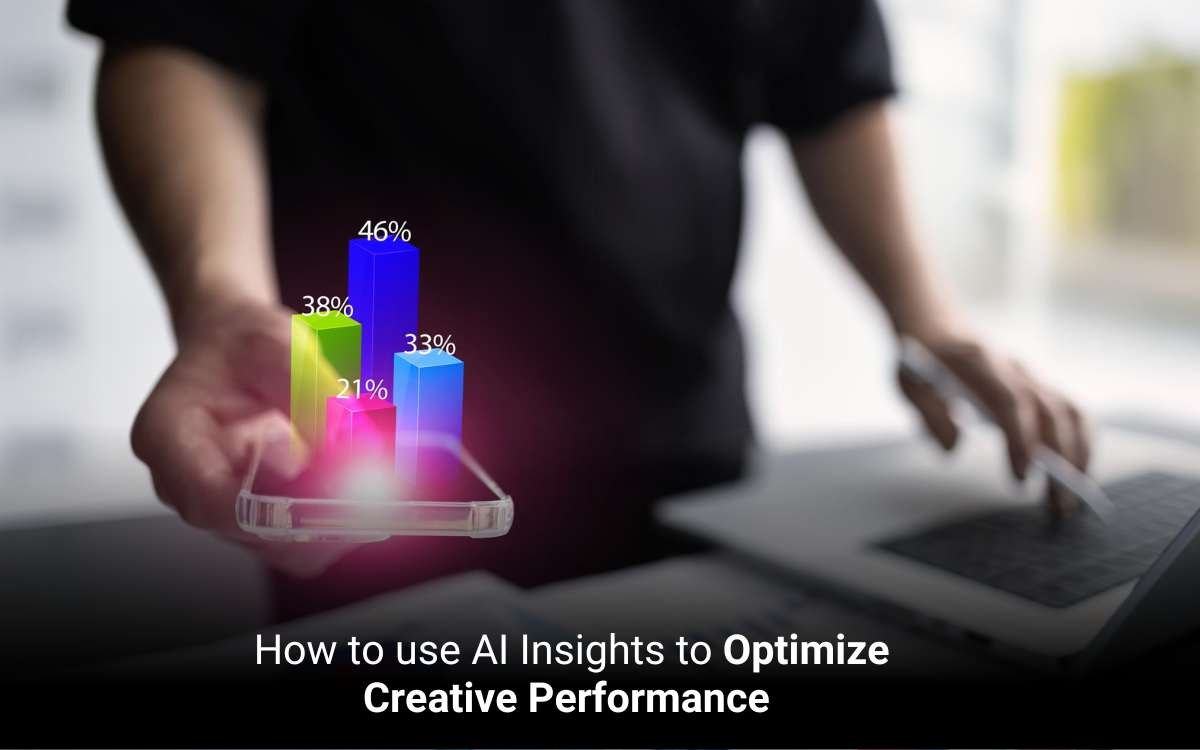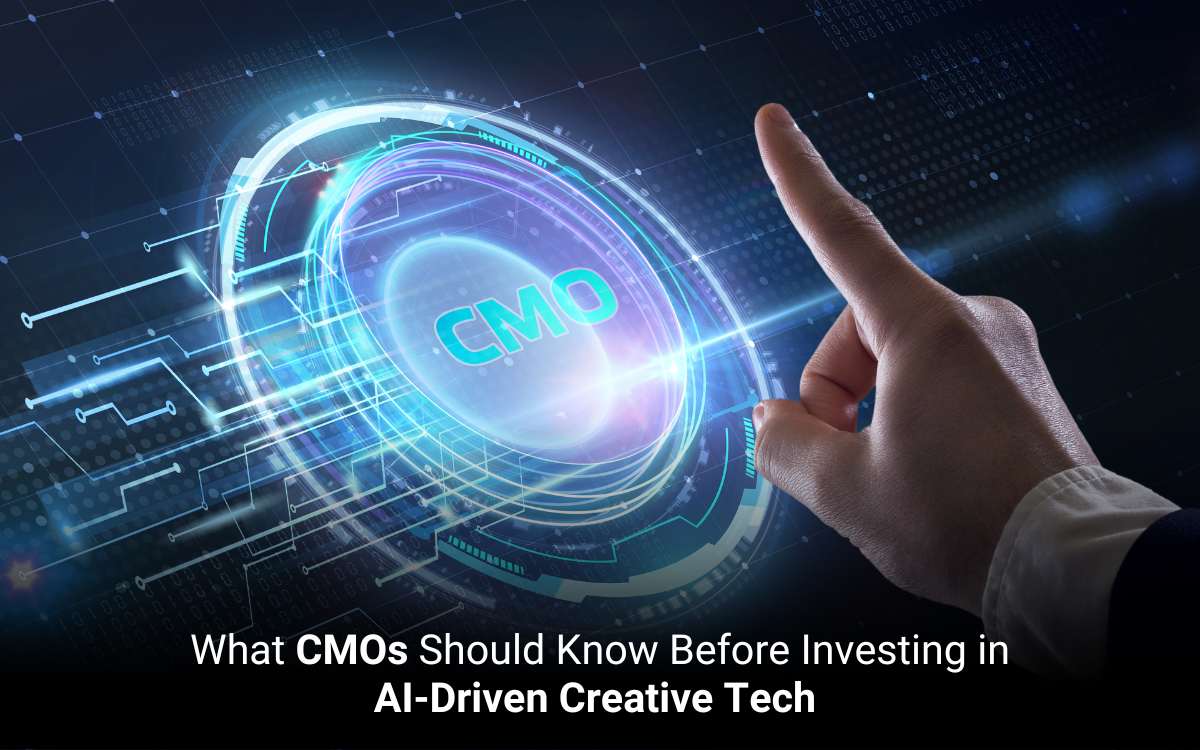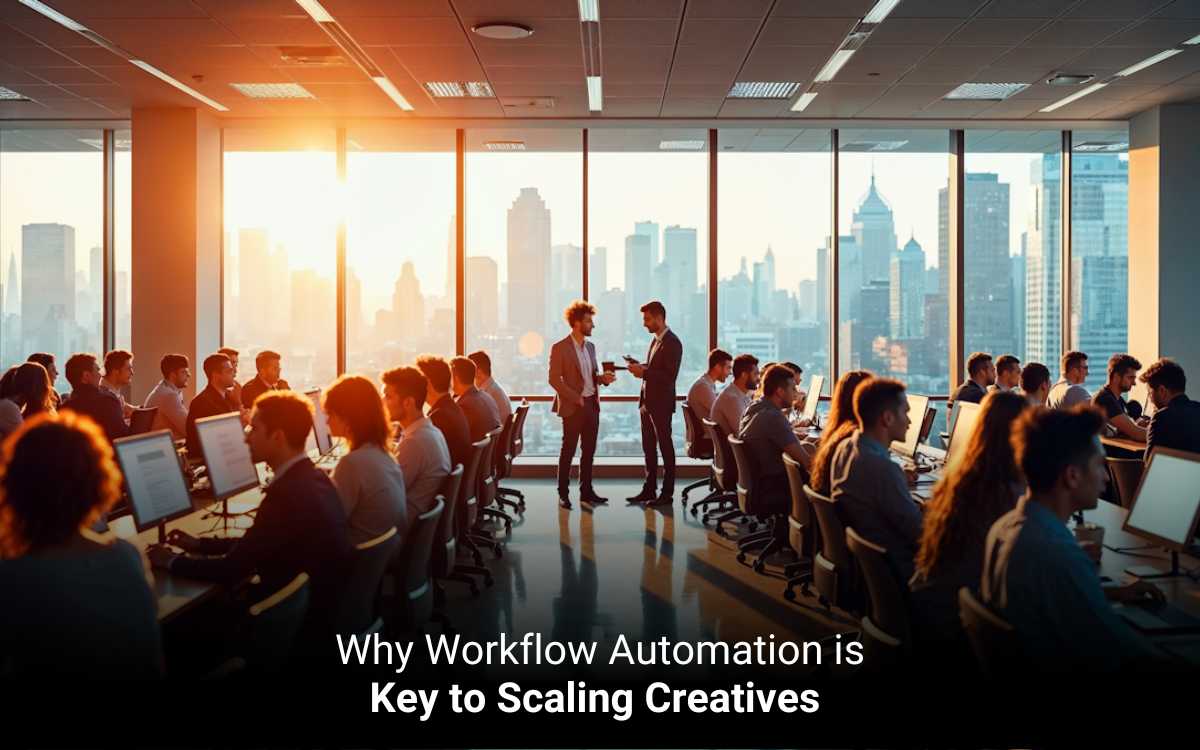You’ve just launched a new ad campaign across multiple channels. After a few days, performance metrics reveal mixed results. Traditionally, you’d spend weeks analyzing engagement rates, A/B test outcomes, and audience feedback to figure out what worked and what didn’t. However, AI insights can now help you optimize in real-time.
Creative campaigns have always involved a mix of art and intuition, but now, optimizing AI ensures that data supports creative decisions. For instance, AI can detect correlations, such as how a color palette influences CTR in one demographic or how a specific headline sparks engagement in another. It helps scale winning ideas and rework underperforming ones.
This article discusses how to utilize AI insights for optimizing marketing creatives.
How to Implement AI Insights for Creative Campaigns
Below are key approaches to implement AI insights.
1. Integrate AI Insights into the Planning Stage
Before launching a campaign, use AI tools to analyze historical data, audience behavior, and content performance. For example, a SaaS firm can leverage AI insights to identify which content formats have delivered the highest engagement for decision-makers in the financial services sector.
2. Leverage Predictive Analytics
Optimizing AI enables leaders to forecast how various creative assets might perform with specific target segments. A cybersecurity provider using AI to predict that a short explainer video will outperform a long-form blog for IT directors, while written case studies resonate better with procurement officers.
3. Enable Performance Tracking
Once campaigns are in motion, AI insights deliver feedback loops. Creative teams can adjust headlines, visuals, or CTAs. A HRTech company, for example, can see that an AI-optimized LinkedIn ad highlighting “employee productivity” performs better than one focusing on “cost savings.”
4. Personalize at Scale
AI enables Personalization in situations where buying cycles are lengthy and decision-making is complex. You can tailor creative assets to different stakeholders in the same account. For instance, AI insights might reveal that CFOs engage with ROI-focused infographics, while CHROs respond to employee-experience case studies.
5. Use Learnings Across Campaigns
Every campaign generates new data that, when fed back into the system, strengthens future creative strategies. An industrial equipment provider discovers that technical demos drive higher engagement in Europe, while narrative-driven thought leadership is more effective in North America.
What Traditional Creative Strategies Benefit from AI
Here’s how traditional strategies benefit from AI.
1. Enhancing Audience Segmentation
Traditional creative strategies rely on market research to define target segments. By adding AI insights, you gain a real-time view of buyer behaviors. For example, a cloud solutions provider can use AI to analyze engagement patterns and discover that CFOs respond best to ROI-focused messaging, while IT leaders respond better to technical details.
2. Optimizing A/B Testing
Optimizing AI shortens the cycle by analyzing performance signals across channels. A logistics firm can deploy multiple ad variations and use AI insights to identify which headlines drive higher CTRs, accelerating decision-making and reducing wasted spend.
3. Enhancing Visual and Content Design
Traditional design depends on what “looks good.” AI insights add data, revealing which colors, layouts, or formats perform best. A manufacturing brand learned that product demo videos outperform brochures with engineers, while infographics resonate with operations managers.
4. Scaling Personalization
AI enables creative teams to deliver customized experiences without ballooning costs. For instance, an HRTech platform can use AI to personalize creatives for different stakeholders while maintaining consistent brand messaging.
5. Continuous Learning and Improvement
Traditional strategies often treat campaigns as one-off initiatives. With AI, each campaign becomes part of a feedback loop that strengthens the next. For example, a cybersecurity company can feed performance data into AI models, discovering that thought-leadership articles drive long-term pipeline growth in healthcare. At the same time, webinars are more effective in finance.
How AI Helps Identify Patterns in Creative Performance Data
Here’s how AI helps in identifying creative performance data.
1. Uncovering Engagement Drivers
AI identifies the specific creative elements influencing them. For example, a SaaS firm can discover through AI insights that headlines framed as “efficiency gains” consistently outperform those focused on “cost savings” when targeting CIOs.
2. Detecting Audience Preferences
Different stakeholders within a buying committee respond to different creative cues. AI helps spot these nuances. A cybersecurity provider may find that compliance-focused visuals resonate more with risk officers, while IT managers engage with feature-rich product demos.
3. Tracking Cross-Channel Performance
In B2B ecosystems, campaigns often span multiple channels, including email, LinkedIn, webinars, and events. Optimizing AI enables connecting the dots across these touchpoints. For example, AI might reveal that prospects who engage with LinkedIn infographics are most likely to attend a follow-up webinar.
4. Identifying Seasonal or Contextual Trends
AI insights can detect factors such as industry events or budget cycles that impact creative performance. An industrial equipment company discovers that solution comparison guides are most effective in Q3, just before the capital planning season.
5. Predicting Future Performance
Beyond identifying past patterns, optimizing AI allows for predictive insights. An HRTech firm can utilize AI to predict which creatives will perform best for upcoming campaigns based on the available data. This reduces uncertainty and optimizes resource allocation.
Conclusion
The future of creative performance is not about replacing human contribution but about amplifying it. AI insights focus on ideation, while technology ensures those ideas are executed with precision. Collaboration represents a strategic advantage, enabling us to scale smarter and connect meaningfully with our audiences.
Start embedding AI insights into your creative processes and unlock stronger campaign outcomes. The brands that optimize AI will be the ones setting the creative benchmarks for tomorrow.




